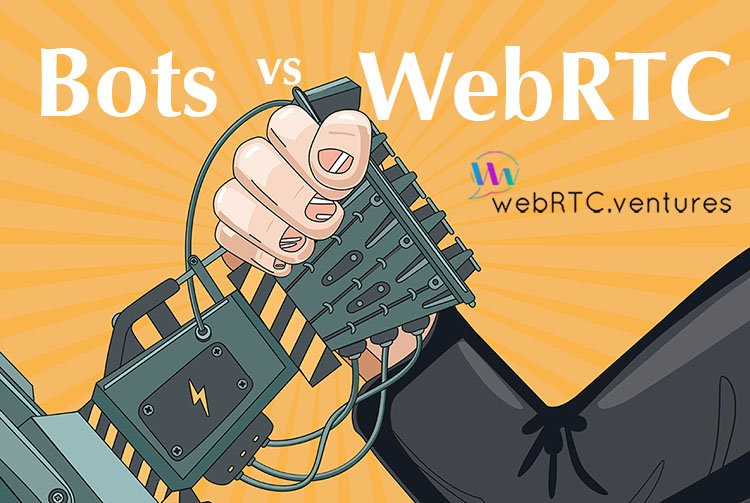
I’ve written recently about the potential of combining WebRTC and bots together into one application. In June, David Alfaro and I made a presentation at WebRTC Argentina which showed some simple examples of how you might combine a bot and live human support for telemedicine applications. You

Bots, Natural Language Understanding (NLU), and Artificial Intelligence are all the rage right now. As one speaker at Twilio’s Signal conference sarcastically said this week, “it seems like every startup in San Francisco has to have a f’in bot strategy now!” WebRTC is all about connecting real

Our team is always receiving interesting calls from customers and potential customers, who want to know if their web or mobile communications or collaboration application can be implemented using WebRTC technologies. Sometimes those calls lead to some insights in industry trends (which I’ve documented previously here), and

I became interested in WebRTC a few years ago, and immediately saw the disruptive nature of WebRTC in the browser. Peer to peer, encrypted communications in the browser has so many applications. At the time, most of the demo applications were “skype killers” – video conferencing tools






